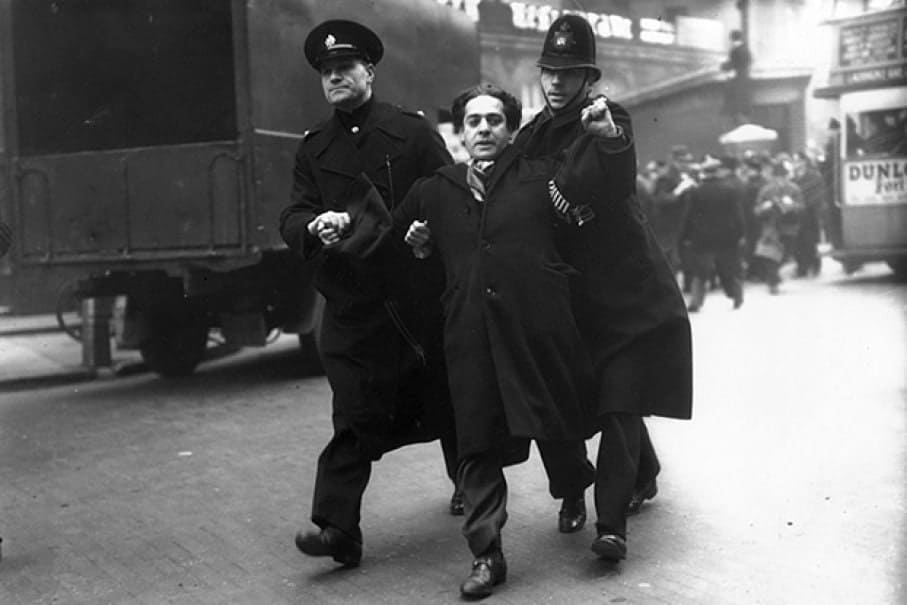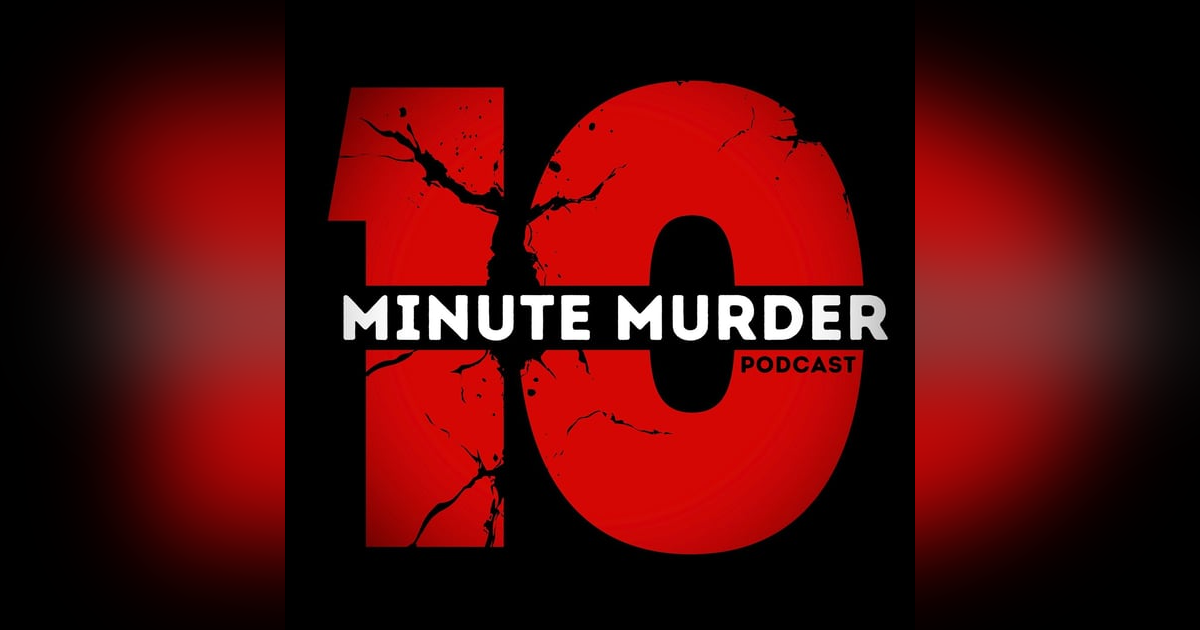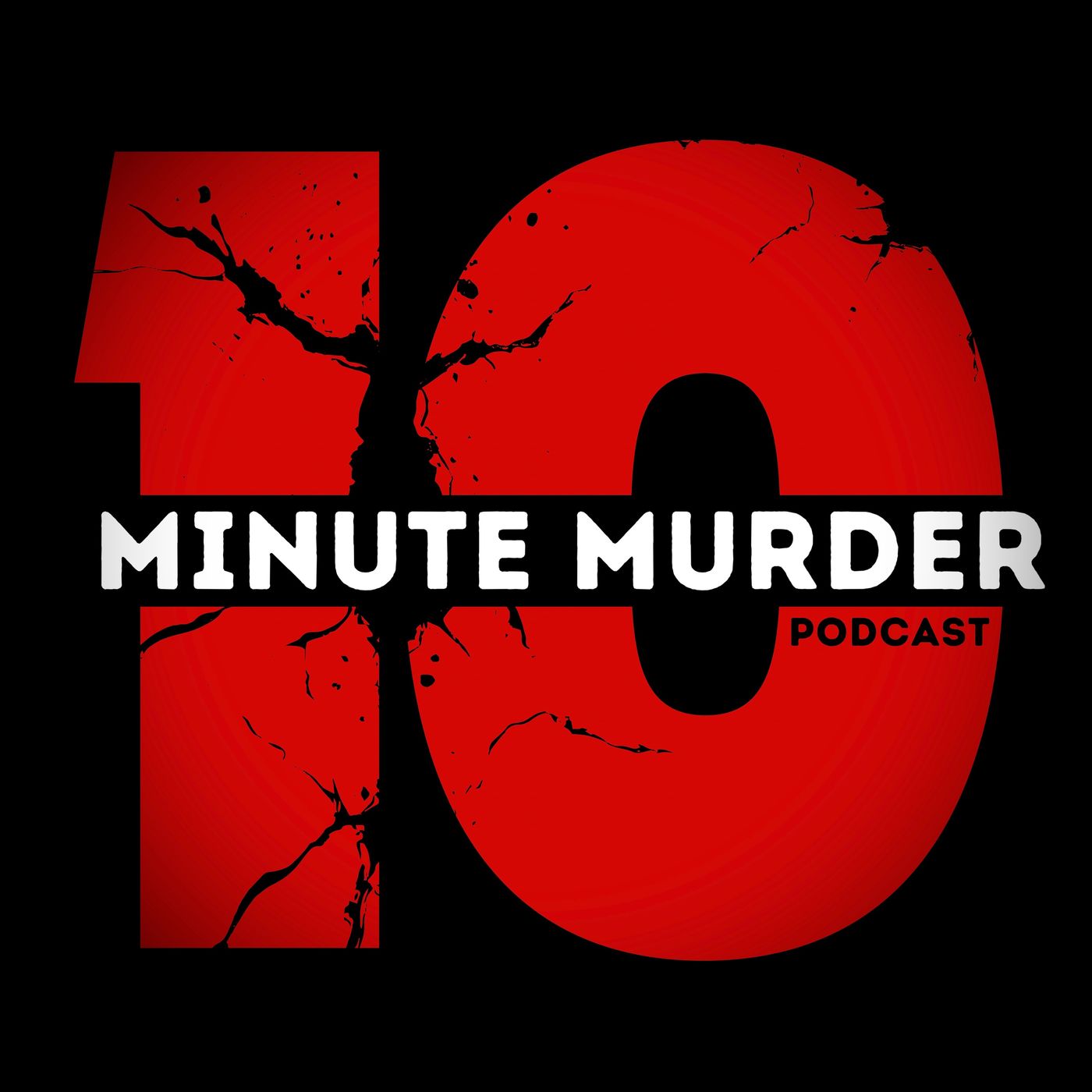The Halifax Slasher and the Deadly Power of Collective Fear

November 1938. Halifax, England. For two weeks, an entire town believed they were being hunted by a razor-wielding maniac. Businesses shut down. Mobs formed. An innocent man died. But here's what nobody saw coming: the attacker they were hunting was never real. This is the story of the Halifax Slasher, and how fear became the deadliest weapon of all.
The Halifax Slasher: When an Entire Town Lost Its Mind
How Fear Became the Real Weapon in 1938 Halifax
So let's talk about what happens when an entire community just collectively decides to believe in a monster. Not a metaphorical monster. An actual, literal guy with a razor blade stalking the streets at night. Except he probably wasn't real. And the panic he caused killed someone anyway.
November 1938. Halifax, England. A town in West Yorkshire that's about to experience what experts now call one of the most intense cases of mass hysteria in modern history. We're talking about two weeks where everything just falls apart. People stop going to work. Businesses close. Vigilante gangs roam the streets. And before it's over, a man named Michael McKieven will take his own life because his coworkers suspect him of being the Halifax Slasher.
Here's the thing that makes this story so absolutely wild. The investigation would eventually conclude that the Slasher was mostly fiction. A phantom. A collective nightmare that an entire town projected onto their foggy November streets. But the consequences? Those were brutally, horrifyingly real.
Britain on the Brink: The Perfect Storm for Panic
Let's set the scene. It's late November 1938, and Britain is holding its breath. The Munich Agreement had been signed just two months earlier, and everyone knows war is coming. There's this background hum of anxiety vibrating through the whole country. People are scared, on edge, waiting for something terrible to happen.
Halifax itself is wrapped in that thick, dense fog that November brings to West Yorkshire. The kind of fog that turns familiar streets into something alien and threatening. And into this atmosphere of fear and uncertainty, someone introduces the perfect villain: a mysterious attacker leaping from the shadows with a razor blade, slashing at random.
The town had history with this kind of threat. Back in 1927, a man named James Leonard had been convicted of stalking and slashing the clothes of six women. He got six months in prison for it. That case lived in the community's memory, sitting there like kindling waiting for a spark.
The First Cut: Where Reality Meets Fiction
November 16, 1938. Two women, Mary Gledhill and Gertrude Watts, report being attacked in Ripponden by a man with a mallet or hammer. They describe him wearing bright buckles on his shoes. This is the spark, but it's not quite the fire yet.
The fire starts five days later. November 21st. Mary Sutcliffe, 21 years old, is walking home from Mackintosh's factory on Queens Road. A man steps out from under a street lamp. She raises her arm to block him. She gets a deep cut on her wrist that requires four stitches.
This is the moment everything changes. This is the one attack that investigators would later consider potentially genuine. And that's important because this injury, this verifiable wound requiring medical attention, gives the community and the media everything they need to justify the panic that's about to consume them.
When the Media Creates a Monster
Three days after Mary Sutcliffe's attack, Clayton Aspinall gets assaulted outside St Andrew's Methodist Church. He's a Sunday School caretaker. He suffers wounds to his head and hands. The attack happens just 300 yards from where Sutcliffe was injured.
The Halifax Courier and Guardian Newspaper names the attacker. They call him the Halifax Slasher. They offer a reward. First ten pounds, then twenty-five. And with that naming, with that reward, they transform scattered incidents into a narrative. They give the fear a shape, a name, a story.
The reward does something else, too. It creates a financial incentive for people to claim they've been attacked. We're not talking about a little attention-seeking behavior here. We're talking about actual money dangling in front of people during tough economic times. Combined with the intense media coverage, it becomes a perfect recipe for false reports.
The Town Spirals Into Chaos
Between November 25th and 28th, the reports multiply. Annie Cannon. Alice MacDonald. Hilda Lodge. And then Mary Sutcliffe again. She reports a second attack on November 28th, this time on her doorstep while her mother is nearby. Police arrive within minutes. The circumstances are immediately suspicious. This second claim damages her credibility so badly that it helps fuel police suspicions that most of these reports are fabricated.
The panic spreads beyond Halifax. Reports start coming from Manchester, Bradford, Giggleswick, parts of Lancashire. The media amplification has turned a local scare into regional hysteria. By late November, similar reports are being dismissed in London. The fear has gone national.
Halifax itself becomes paralyzed. Businesses shut down. People refuse to leave their homes after dark. The core functions of the town just stop. This is what happens when existential fear overrides everything else, when survival instinct kicks in so hard that economic and social necessity becomes irrelevant.
When Fear Turns Violent
The police response is massive but inadequate. They can't keep up. They can't control the situation. So vigilante groups form. Gangs of citizens roaming the streets looking for the Slasher. The police have to deputize 80 people to manage the search and try to curb the lawlessness.
And because mobs don't do nuance, innocent people get targeted. Several men get beaten up based on nothing but suspicion and bad timing.
Clifford Edwards shows up to help Hilda Lodge after she reports her attack on November 28th. The crowd immediately decides he's the Slasher. A mob forms. They're chanting for his death. Police have to escort him home to prevent a lynching.
Fred Baldwin gets attacked by drunk vigilantes on November 27th. Wrong place, wrong time, wrong face in the wrong crowd.
The Tragedy Nobody Saw Coming
Michael McKieven is 46 years old. He struggles with mental health issues. When his coworkers at work start publicly suspecting him of being the Halifax Slasher, the pressure becomes unbearable.
Michael McKieven dies by aspirin overdose. Suicide. He becomes the only definitive fatality of the entire Slasher scare.
Think about that for a second. The phantom attacker killed nobody. The panic killed Michael McKieven. The rumor, the suspicion, the mass paranoia took a vulnerable man and pushed him over the edge. This is the real cost of mass hysteria. A fictional crime led to a real death.
Scotland Yard Solves the Case by Proving It Never Happened
By November 29th, the situation is so out of control that Scotland Yard sends two detectives. The comparison to Jack the Ripper gets made. That's how serious this has become. That's how completely local authorities have lost control.
The key to breaking the case comes from Percy Waddington. He reported being attacked on November 25th and claimed he tore a tab from his attacker's coat sleeve during the assault. The tab is found near the Old Earth Rugby Ground in Elland.
Investigators trace the raincoat. It belongs to Waddington himself.
Confronted with the evidence, Waddington confesses on November 29th. He did it to himself. The victim was the perpetrator. This one confession breaks everything open.
Hilda Lodge, whose claim led to the mob targeting Clifford Edwards, admits to police that she told the newspaper a lot of lies. One woman confesses she sliced her own arm after a fight with her boyfriend because she'd heard about the Slasher and saw an opportunity. A 15-year-old girl in Doncaster admits she faked an attack after reading the reports.
Nine people confess to cutting or injuring themselves.
By December 2nd, the Halifax Courier publishes a complete retraction. The paper that amplified the panic now declares it over. The Slasher doesn't exist. There never was any real danger to the general public.
The Aftermath: Counting the Cost
The forensic assessment is brutal in its clarity. Out of 21 reported incidents, only one was tentatively believed to be genuine. Mary Sutcliffe's first attack. That initial cut that started everything.
Seven were self-inflicted wounds. Eight were attributed to accidents or causes that had nothing to do with any attacker. Five were complete fabrications.
The police spent 2,069 hours on this investigation. One hundred twelve officers. The financial cost was approximately 7,500 pounds in today's money. That's the measurable cost.
The immeasurable cost? Michael McKieven's life. The trauma of mob violence. The breakdown of community trust. The beaten men who were presumed guilty. The two weeks where an entire town stopped functioning.
Five people get charged with public mischief. Four go to prison. Hilda Lodge gets four weeks. Beatrice Sorrell gets four weeks. Winnie McCall and Leslie Nicholls also serve time. The sentences are relatively light because the court acknowledges the hysteria, but they serve their purpose. The legal system restores order by replacing the phantom with actual, identifiable perpetrators.
The Question That Still Haunts This Case
Here's what keeps this story interesting decades later. That first attack on Mary Sutcliffe. Police believed it might have been real. It happened before the media frenzy truly ignited. Before the hoaxes started multiplying.
Was there actually one genuine attacker whose single crime got so expertly copied and masked by the avalanche of fraud that his existence got erased by the hoaxes? Did the panic he accidentally triggered actually protect him by making his crime impossible to investigate?
That's the theory that makes this case unique among phantom killer stories. Usually, we're trying to prove something happened. Here, we're trying to figure out if something real got buried under a mountain of fake.
What This Teaches Us About Fear
The Halifax Slasher case is studied now as textbook mass sociogenic illness. It shows exactly how pre-existing anxiety gets externalized onto a single figure when amplified by sensational media coverage. The town had the 1927 slasher case sitting in their collective memory. They had the stress of impending war. They had the fog and the darkness and the economic uncertainty.
All they needed was one injury, one verifiable wound, and the fear had permission to explode.
The media gave it shape and name. The reward gave it motivation. The vigilantes gave it power. And Michael McKieven paid the ultimate price.
The Halifax Slasher never existed. But the damage was devastatingly real. That's the horror of mass hysteria. That's what happens when fear becomes contagious, when suggestion overpowers reality, when an entire community loses its grip on what's actually happening versus what they believe is happening.
Two weeks of chaos. One death. Countless injuries from vigilante justice. Thousands of police hours. All because of an attacker who almost certainly wasn't there.





